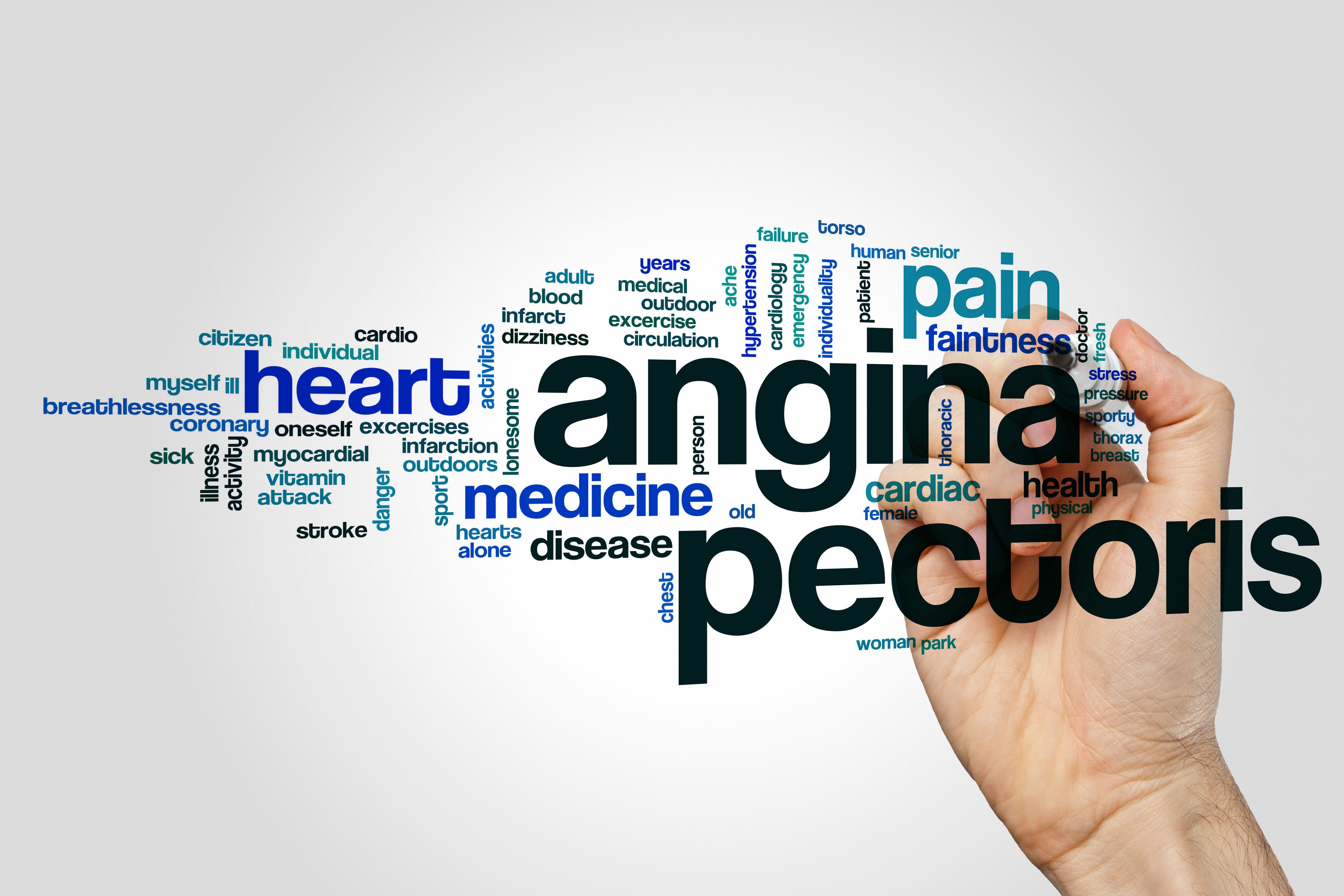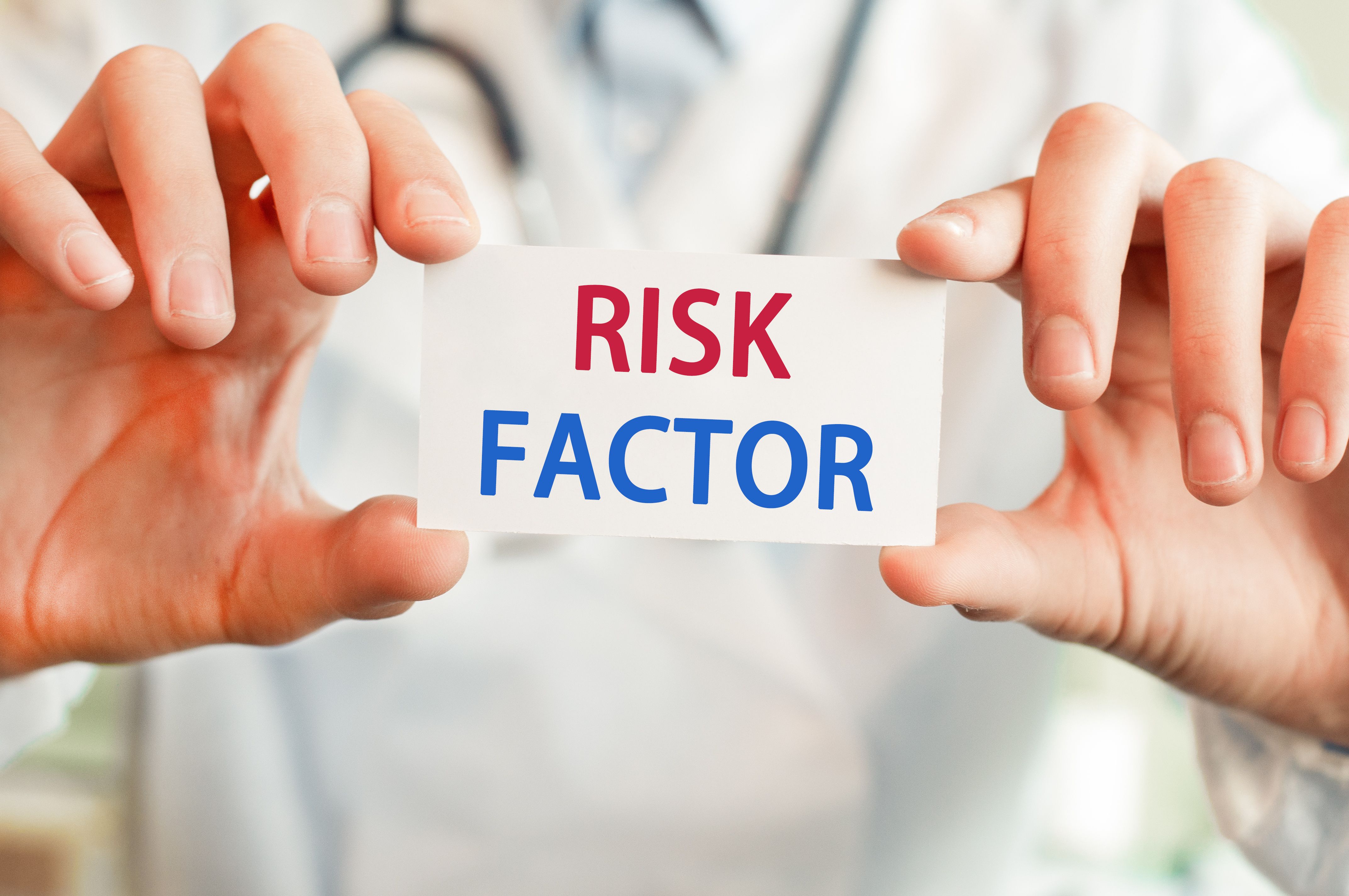What are Angina Signs and Symptoms, Types and Causes?

The different types of angina are identified based on cause and whether medicine or rest improves symptoms, which vary depending on the type of angina.
Angina what does it feel like?1-3
Angina, also called angina pectoris, is a type of chest pain. This uncomfortable feeling is often described as squeezing, pressure, heaviness, burning, fullness, tightness, or pain in the chest. It may feel like a heavy weight lying on the chest.
But angina can feel different for everyone. This can feel painful or like a dull ache. The severity, duration and type of angina can vary. If one usually feels angina signs and symptoms in the chest, one can also feel it in the:
- Jaw
- Shoulders
- Arms
- Stomach
- Neck
- Back.
Angina signs and symptoms also include fatigue, dizziness, sweating, nausea, shortness of breath.
Both men and women can experience the same feelings of angina. These include ‘classic’ chest pain, and pain in the jaw, neck, back or tummy. But women are more likely than men to:
- Feel sick, sweaty, dizzy, and breathless
- Have spasms in the smallest coronary arteries, which is called microvascular angina.

Stable vs unstable angina: what are the differences?1-3
There are several types of angina, which depend on the cause and whether rest or medicine eases symptoms.
- Stable angina: it is the most common form of angina. It usually happens during activity, also called exertion. It goes away with rest or angina medicine. Pain that starts when you are walking uphill or in the cold weather may be angina. Stable angina is predictable, as it is usually like previous episodes of chest pain. Stable angina signs and symptoms typically last a brief time, 5 minutes or less.
- Unstable angina: it is a medical emergency. Unpredictable, it occurs at rest or if angina signs and symptoms are worsening and occur with less physical effort. Unstable angina is typically severe and lasts longer than stable angina, such as 20 minutes or longer. The pain does not go away with rest or the usual angina medicines. A heart attack may then occur, this is why unstable angina is dangerous and needs emergency treatment.
- Vasospastic angina, also called Prinzmetal’s angina or coronary artery spasm: this type of angina is rare. It is not due to coronary artery disease. It is caused by a spasm - a sudden tightening - in the heart's arteries, which temporarily reduces blood flow. Severe chest pain is the main symptom of vasospastic angina. It most often occurs in cycles, typically in the early morning or during the night when resting. The pain may be relieved by angina medicine.
- Microvascular angina, also called cardiac syndrome X: this usually happens when you are under physical pressure, such as when you are exercising, or you have been stressed or anxious. The pain is often caused by spasms in the smallest coronary arteries restricting blood flow. It can also happen when you are resting. Microvascular angina can affect men and women, but it is more common in women going through the menopause and after.
- Refractory angina: this is a pain or an uncomfortable feeling that continues after having treatment, such as medicine, coronary stents, or coronary artery bypass surgery.
Angina signs and symptoms: what are the causes?1-3
One of the most common cause of angina is coronary heart disease, in which the arteries that supply your heart muscle with blood and oxygen are narrowed by a fatty substance called plaque or atheroma. This condition is called atherosclerosis. Angina is then caused by reduced blood flow to the heart muscle.
The heart muscle may still be able to work during times of low oxygen demand without triggering angina. An example is when resting. But when the demand for oxygen goes up, such as when exercising, angina signs and symptoms can result.
Angina signs and symptoms may be triggered by:
- Physical activity, because your heart needs to pump harder to keep up with what you are doing
- Emotional stress, because it can trigger a rush of hormones that can narrow the arteries
- Cold weather, because it takes away your body heat so your heart needs to work harder
- Eating a heavy meal, because you need more blood to go to your digestive system.

Moreover, the following factors may increase the risk of angina:
- Increasing age: angina is most common in adults aged 60 and older.
- Family history of heart disease: tell your health care team if your mother, father, or any siblings have or had heart disease or a heart attack.
- Tobacco use: smoking, chewing tobacco and long-term exposure to secondhand smoke can damage the lining of the arteries. Artery damage can let deposits of cholesterol collect and block blood flow.
- Diabetes increases the risk of coronary artery disease, which can cause angina.
- High blood pressure or hypertension: over time, high blood pressure damages arteries by speeding up the hardening of the arteries.
- High cholesterol or triglycerides: too much bad cholesterol, called low-density lipoprotein or LDL, in the blood can cause arteries to narrow. A high LDL level increases the risk of angina signs and symptoms and heart attack. An elevated level of triglycerides in the blood also is unhealthy.
- Other health conditions, such as chronic kidney disease, peripheral artery disease, metabolic syndrome, or a history of stroke increases the risk of angina signs and symptoms.
- Not enough exercise: an inactive lifestyle raises the risk of high cholesterol, high blood pressure, type 2 diabetes, and obesity.
- Obesity is a risk factor for heart disease, which can cause angina. Being overweight makes the heart work harder to supply blood to the body.
- Emotional stress: too much stress and anger can raise blood pressure. Rushes of hormones made by the body during stress can narrow the arteries and worsen angina signs and symptoms.
- Medicines: some medicines, such as migraine medicines, tighten blood vessels, which may trigger Prinzmetal angina.
- Drug misuse: cocaine and other stimulants can cause blood vessel spasms and trigger angina signs and symptoms.
- Cold temperatures can trigger Prinzmetal angina.